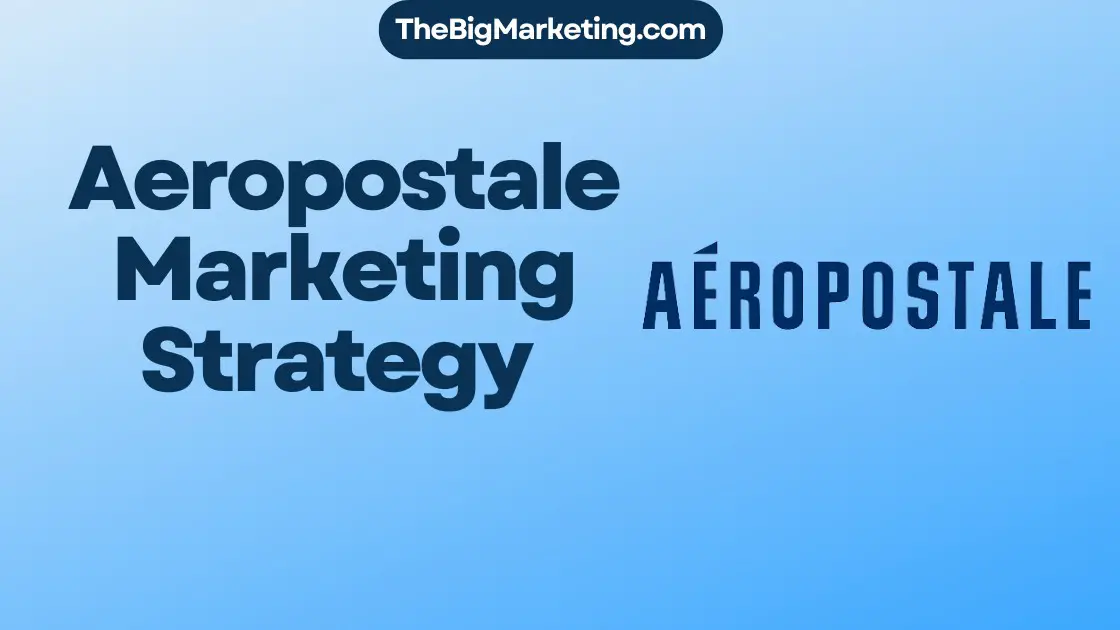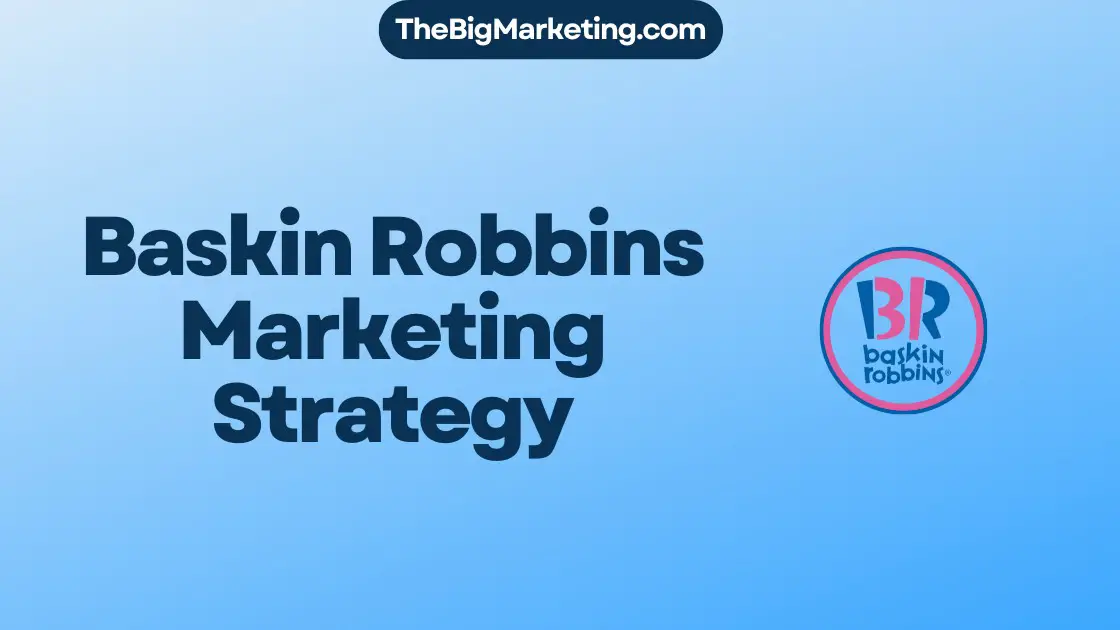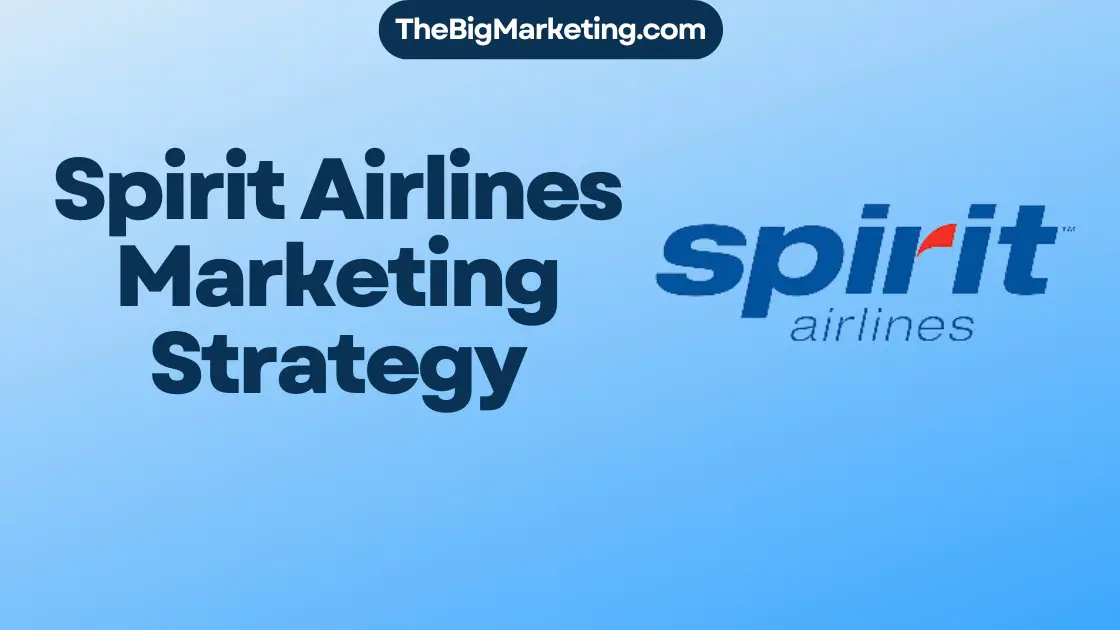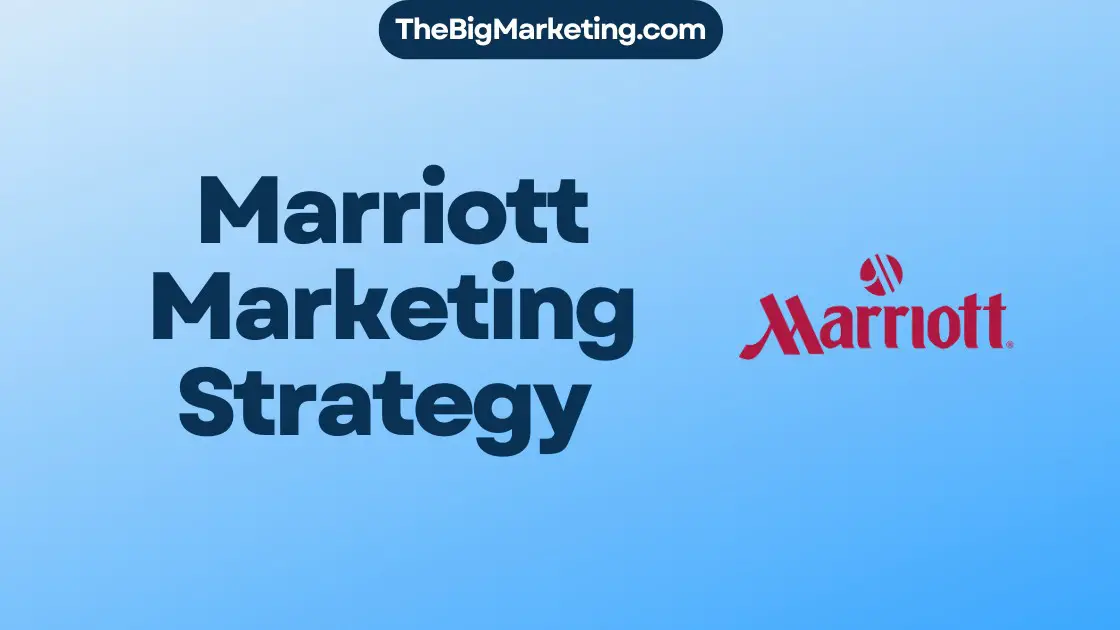Location-Based Marketing helps businesses reach out to people based on where they are. It uses geotargeting and geofencing to give relevant and timely messages. This approach boosts store visits, grows sales, and helps in retargeting, making it key in the digital world.
This marketing uses technologies like GPS, beacons, and sensors to find where users are. This ensures brands talk to their audience at the best place and time. This makes messages more relevant and effective.
Here are five examples of how brands are doing great with location-based marketing:
- Local SEO: Businesses optimize their online presence to target local customers by incorporating location-specific keywords and optimizing their Google My Business profiles.
- Proximity Marketing: Brands leverage geofencing and beacon technology to deliver targeted promotions or notifications to users in close proximity to their physical locations.
- Location-Based Services: Companies provide location-specific services, such as weather updates or nearby points of interest, to enhance the user experience and provide valuable information.
- Geo-Fencing: Businesses set virtual perimeters around specific areas to trigger marketing actions. For example, a restaurant may send a special offer to users within a certain radius to attract them to visit.
- Mobile Marketing: Brands use mobile devices’ location data to send personalized messages or offers to users based on their real-time location, increasing engagement and driving conversions.
Key Takeaways:
- Location-Based Marketing uses geotargeting and geofencing to connect with consumers in specific places.
- It relies on tech like GPS, beacons, and proximity sensors.
- Examples include local SEO, proximity marketing, services based on location, geo-fencing, and mobile marketing.
- This marketing boosts in-store visits, increases sales, and helps in retargeting.
- By sending relevant, personalized content, businesses improve the customer experience.
What Is Location Based Marketing?
Location-based marketing uses the user’s device location to send relevant content and services. It uses geotargeting, geofencing, and push notifications. These tools help marketers engage users and guide them from discovery to purchase.
Geotargeting sends content to users in a specific area, making messages more relevant. Geofencing creates a virtual boundary that triggers actions when users enter or leave. This approach targets users more precisely.
Push notifications and other location-based alerts engage users with valuable info or offers. If users are near a store, they might get a promotion. Or they might get recommendations based on where they are. This helps drive sales and improve the customer experience.
Location-based marketing suits many industries and business models. It helps businesses connect with their audience in meaningful ways. This increases the chances of catching their attention and inspiring action.
Take a look at the table below to understand the key components of location-based marketing:
| Components | Description |
|---|---|
| Geotargeting | Delivery of content based on specific criteria and location |
| Geofencing | Creation of virtual perimeters to trigger marketing actions |
| Push Notifications | Delivery of location-based notifications to engage users |
| Personalization | Customizing content and offers based on user location |
| Customer Journey | Guiding users from discovery to purchase through location-based messaging |
Location-based marketing opens up new possibilities for businesses. It helps them connect with their audience more deeply and create more impactful experiences. By leveraging location-based marketing, brands can boost their strategies and achieve success.
Difference Between Location-Based Marketing and Proximity Marketing
Location-based marketing and proximity marketing seem similar, but they’re different. Location-based marketing reaches out across a wide area. Meanwhile, proximity marketing focuses closely on a specific location.
Proximity marketing uses tech like beacons and NFC to pinpoint locations. This lets marketers send messages right where you are. They tailor these messages to fit your past purchases and offer unique experiences.
To grasp the differences better, see this comparison:
| Location-Based Marketing | Proximity Marketing |
|---|---|
| Targets a broader geographical area | Targets users in close proximity to a venue |
| Utilizes location data to deliver targeted messages | Uses technologies like beacons and NFC for precise tracking |
| Offers personalized experiences based on location | Engages users based on their historical purchasing habits |
Beacons and NFC in Proximity Marketing
Beacons are tiny devices that send Bluetooth signals to nearby devices. They recognize smartphones close by. This way, marketers can send you special offers when you are near a beacon.
NFC lets devices talk without touching. You can tap your phone on an NFC-tagged place to interact. It’s used for payments, getting into places, and swapping info.
By using beacons and NFC, marketers can send you info that matters right then and there.
In the following section, we’ll see how location-based marketing boosts sales. It improves customer experiences and encourages visits to stores.
How Location-Based Marketing Drives Conversions
Location-based marketing boosts the customer experience while driving in-store visits, transactions, and better audience targeting. By using location data, marketers create campaigns that connect deeply with their audience. This leads to more conversions.
Improving the Customer Experience
With location-based marketing, brands can get valuable feedback at the right time and place. Marketers can tailor interactions based on where users are. This makes the customer journey smoother and more relevant, boosting the chances of making a sale.
Prompting In-Store Visits
Location-based marketing is great for getting people into stores. Targeted messages to users near a store can encourage them to pop in. These well-timed reminders increase store visits and sales.
Driving Transactions
It’s also a strong tool for driving sales. Marketers use location data and user behavior to offer timely deals. This creates urgency, pushing users to buy now.
Improving Audience Targeting
It helps marketers fine-tune who they’re reaching. Through real-time tips and retargeting based on location and behavior, messages become more personal. This boosts conversion chances and engagement.
| Benefits | Disadvantages |
|---|---|
|
|
How to Do Location-Based Marketing That Improves the Customer Experience
Location-based marketing lets brands improve customer experience with personalized content. By using it well, brands can get feedback, make things smoother for the user, and create memorable moments. This leaves a strong impression.
1. Capture Feedback at the Right Time
Feedback is key for brands to understand customers and improve. With location-based marketing, brands can ask for ratings after an interaction. This way, they can make their services better based on what customers say.
2. Remove Friction from User Journeys
Friction makes customers frustrated and may cause them to give up. Location-based marketing finds problems and offers solutions. It uses location data to give useful help, personalized tips, and directions, making the customer’s journey smoother.
3. Steer Users in the Right Direction
Location-based marketing helps brands offer the right information at the right time. For instance, showing a list of nearby restaurants with reviews helps users choose where to eat. This improves the customer’s experience by giving helpful info.
4. Create Meaningful Encounters
Brands can connect deeply with customers using location-based marketing. They can give special offers and messages that matter to the customer’s location. This approach makes customers feel valued, increasing their loyalty and happiness.
By using these strategies, brands can make the most of location-based marketing. They can get feedback, ease the customer’s path, guide them, and create special moments. Doing this, brands can build loyalty and grow their business.
How Location-Based Marketing Can Prompt In-Store Visits
Location-based marketing is a powerful way to get more people into stores. By using location-based marketing, businesses can send special promotional messages to people nearby. This encourages them to visit and buy something.
Companies can use location data to give special offers like discounts or freebies. This makes nearby customers more likely to visit. When people are near a store, targeting them can grab their attention. This encourages them to check out what’s inside.
Sending messages about current sales or limited-time offers to nearby customers works well. These promotional messages make people feel they need to act fast. So, they’re more likely to take advantage of the deals in-store.
With location-based marketing and great promotions, businesses can increase store visits. This doesn’t just get more people in the stores. It also gives them a chance to see and touch products, really getting to know the brand.
Benefits of Prompting In-Store Visits:
1. Increased foot traffic: Targeted promotions draw in customers ready to buy.
2. Enhanced customer experience: Visiting a store lets customers touch the products and get help tailored to them.
3. Greater sales opportunities: Being in the store, customers might find other things they like besides what they came for.
4. Brand exposure: Seeing the store in person helps customers trust and notice the brand more.
Here’s how location-based marketing helps with store visits:
| Brand | Location-Based Marketing Strategy | Results |
|---|---|---|
| ABC Clothing | Sent targeted offers with a 10% discount to customers within a one-mile radius of their store. | Increased in-store traffic by 20% and generated $10,000 in additional sales within the campaign period. |
| XYZ Electronics | Sent push notifications to customers near their store, highlighting limited-time promotions on popular electronics. | Boosted in-store visits by 15% and experienced a 25% increase in sales of promoted products. |
These examples show how location-based marketing greatly boosts store visits and sales.
Next, we’ll see how this marketing method can also drive sales and the strategies brands use.
How Location-Based Marketing Can Drive Transactions
Location-based marketing boosts sales and transactions. It uses real-time data and personalization. This makes customers feel urgent to act on special offers.
Marketers analyze user behavior and preferences for personalized messages. These messages meet the specific needs and likes of consumers. It’s about knowing their interests and past buys to make offers that truly hit home.
Creating urgency is vital in this marketing. Sending offers that time out soon can make consumers fear missing out. When marketers highlight limited stock or time-bound deals, consumers feel driven to act fast.
For instance, a store might send nearby customers a limited-time offer. It’s on a sought-after product. This urgency pushes customers to buy before it’s too late.
Last-minute deals help too. They target users near a store with tempting offers. This works great for companies in hospitality, travel, or entertainment.
In essence, location-based marketing means personalized, urgent offers that boost sales. With real-time data and specific messages, businesses grab consumer attention. This leads to a quick response and increased purchases.
How Location-Based Marketing Can Aid Retargeting
Location-based marketing is key for marketers to retarget effectively. It uses real-time suggestions and tracks a customer’s online and offline actions. This info helps in creating impactful experiences across different platforms. It combines the digital and physical worlds for customers.
Retargeting aims to reconnect with customers interested in a brand or product before. Location-based marketing refines this by offering tailored messages. These messages are based on where the customer is and their past interactions.
For instance, imagine someone who looked at clothes online recently. If they walk near the store later, they could see ads for similar clothes. This is one way location-based marketing enhances retargeting efforts.
Moreover, this strategy targets customers by understanding their previous behavior. Whether it’s past purchases or how they’ve interacted online, marketers can pinpoint the perfect time for ads. This boosts the likelihood of making a sale.
Benefits of Location-Based Marketing in Retargeting:
- Personalized retargeting based on location and previous interactions
- Increased chances of conversions by delivering relevant offers
- Bridging the gap between online and offline channels
- Building trust and enhancing customer relationships
Using location-based marketing, marketers enhance retargeting. It ensures messages are personal and engaging. This leads to more customers taking action.
| Benefits of Location-Based Marketing in Retargeting | Enhanced Targeting | Increased Conversions | Seamless Customer Journeys |
|---|---|---|---|
| Personalized retargeting based on location and previous interactions | Targeted messaging based on customer behavior | Higher chances of converting interested customers | Smooth transitions between online and offline channels |
| Improved customer engagement | Delivering relevant offers at the right moment | Increased revenue through retargeting | Building trust and loyalty with customers |
Benefits & Disadvantages of Location-Based Marketing
Location-based marketing helps improve marketing strategies and get better results. It uses location targeting, data, tailored targeting, and cost per visit. This way, marketers can fine-tune their efforts and reach their audience more effectively.
Benefits of Location-Based Marketing
- Location Targeting: It enables businesses to connect with consumers based on where they are and their behaviors. This method helps in sending personalized messages and offers relevant to a certain area.
- Data Offerings: Marketers get insights into what customers like and how they shop. Through location data, they can see foot traffic and improve their campaigns for stronger results.
- Enhanced Targeting: Adding location data to marketing helps in crafting ads that matter to people. This targeting based on place and behavior means ads will better engage the audience.
- Cost Per Visit Performance Models: Some models like cost per visit mean advertisers pay only if a customer visits a store. This ensures marketers see a clear return on their investments and can plan their budgets more precisely.
Disadvantages of Location-Based Marketing
- Opt-In Requirements: Users must agree to share their location, which can turn some people off. They might worry about privacy and choose not to share their data.
- Inaccurate Location Data: Success depends on precise location data. If data is wrong or outdated, then the targeted efforts might not reach the right people, leading to less effective campaigns.
While it brings many advantages, it’s key for companies to think about these downsides. By understanding both the good and the bad, companies can craft better marketing plans that truly make an impact.
Conclusion
Location-based marketing is changing how brands meet their customers. By using location data and tools like geofencing and beacons, businesses can send personalized messages. This makes the shopping experience better. It also helps increase in-store visits and lets brands connect with customers deeply.
In our world full of mobile devices, location-based marketing is key for marketers. It lets them reach people at the perfect place and time. This means sending messages that match what customers want. Using location info correctly can boost sales and build strong customer bonds.
Yet, this type of marketing has its hurdles. Marketers need to respect privacy rules and use accurate location data. But with smart strategies, location-based marketing can bring great outcomes.
To wrap it up, location-based marketing holds big value for brands. It lets companies talk to customers in a more personal and strong way. Through smart use of location data and tech, businesses can get more engagement, improve sales, and stand out in the crowded market.






